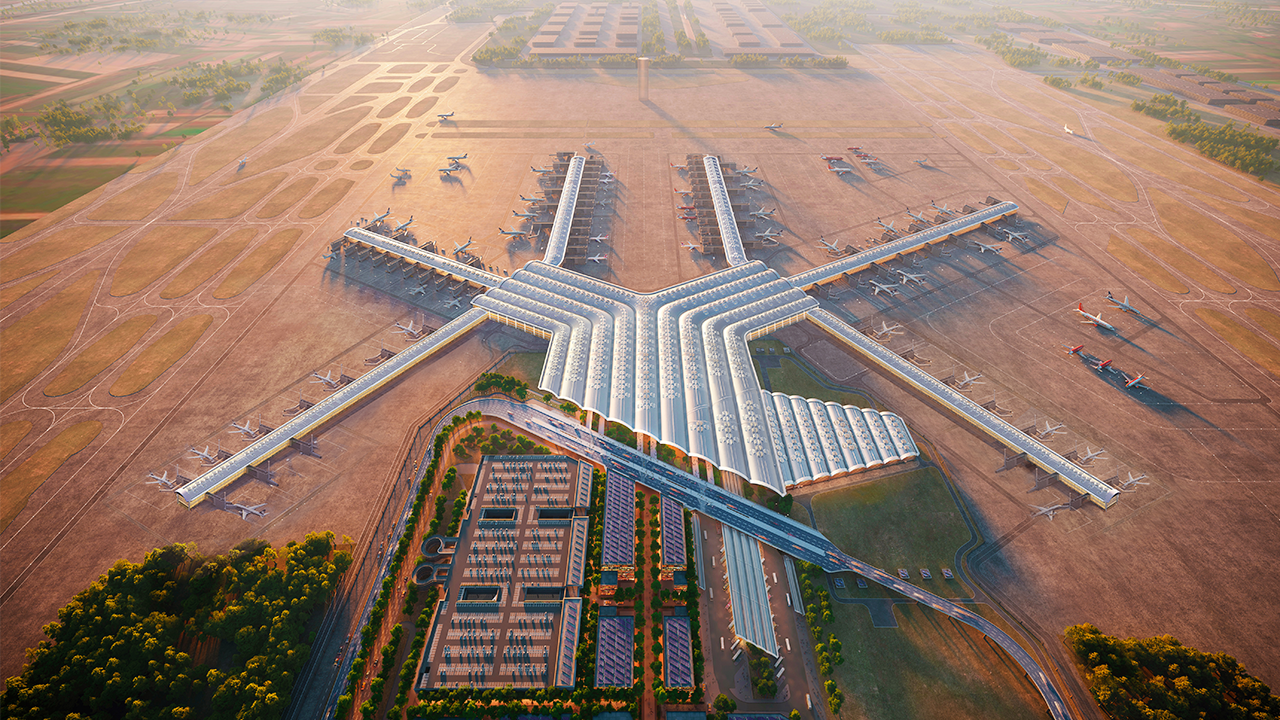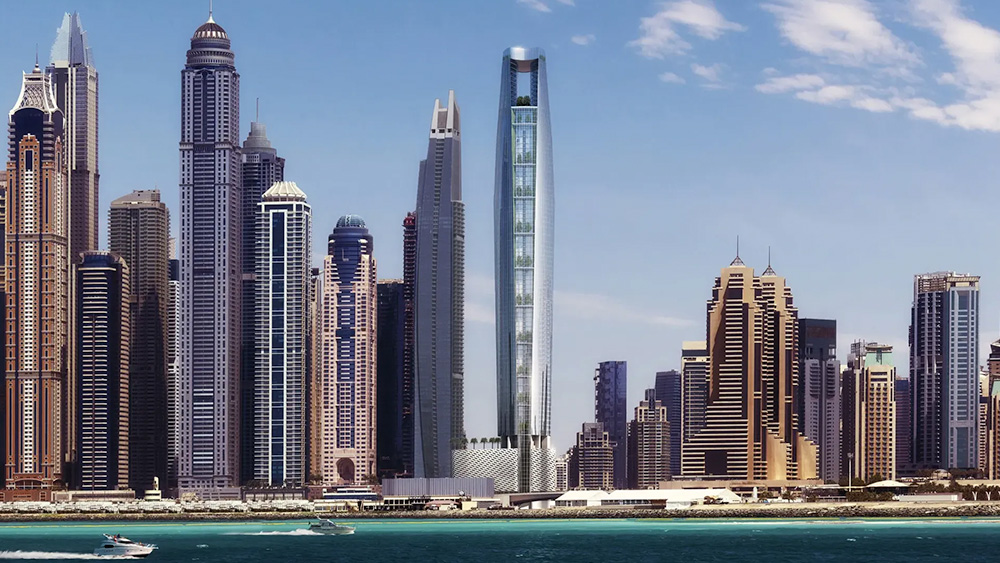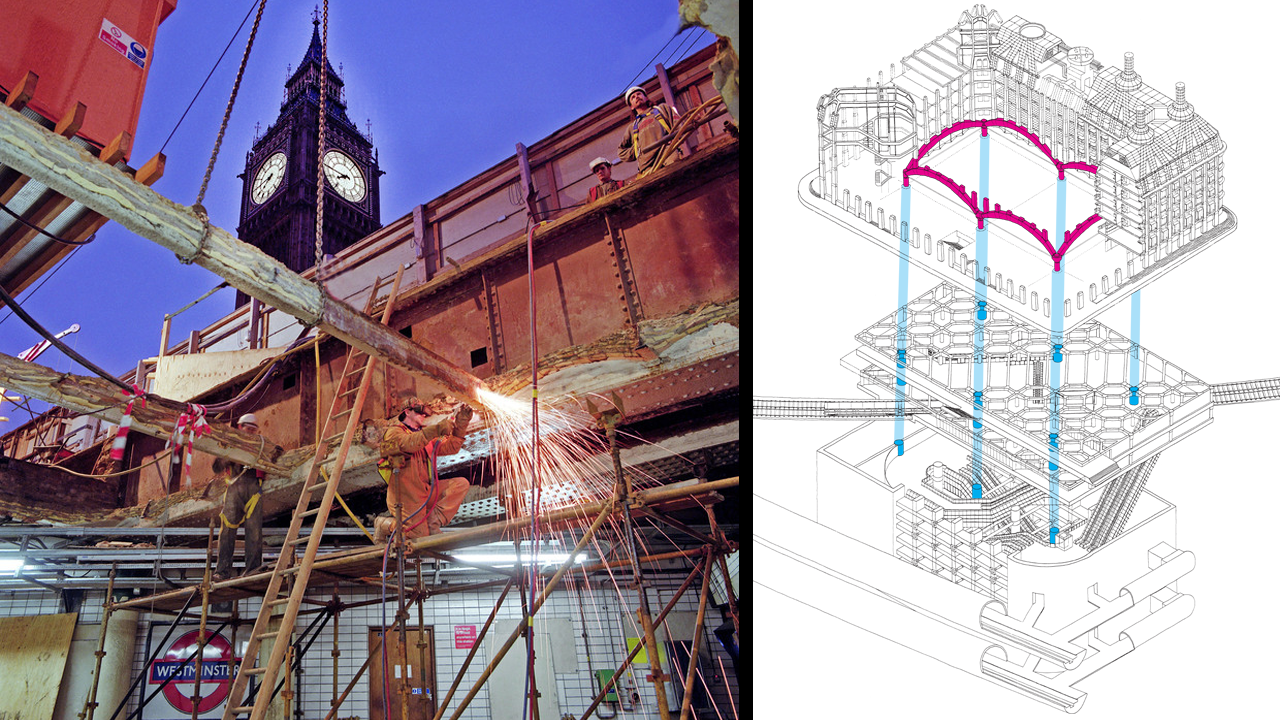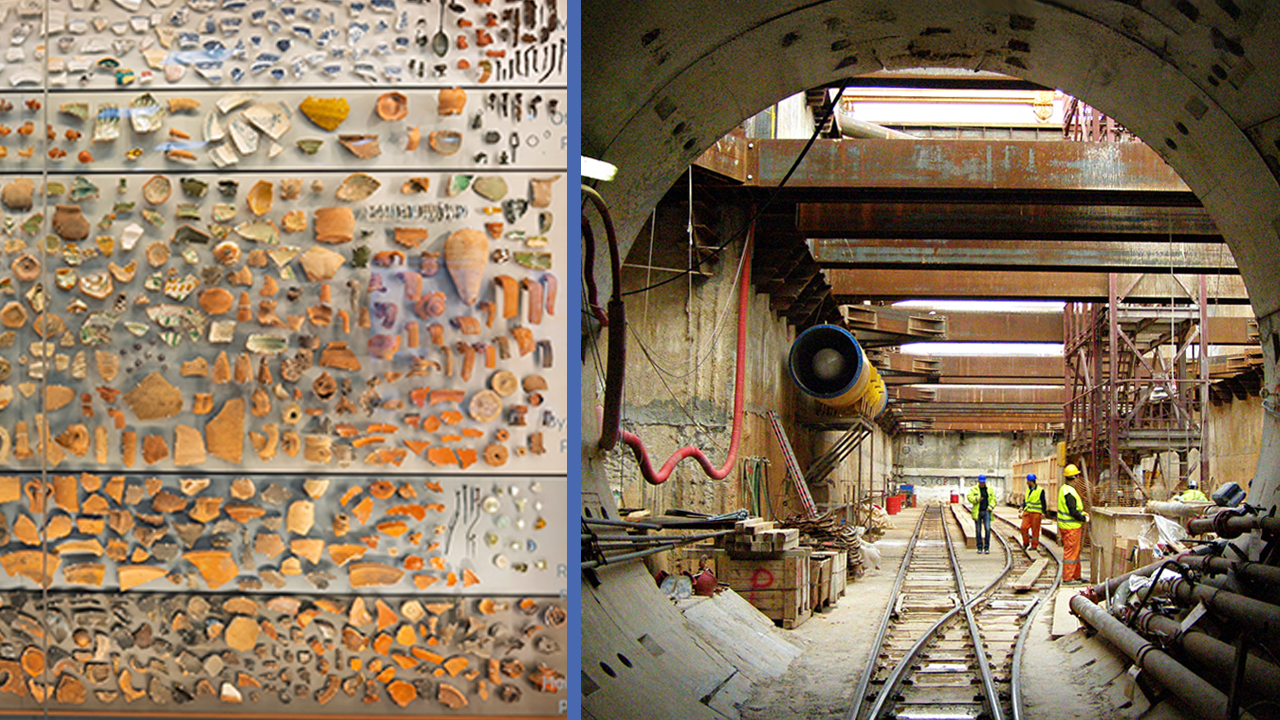How Can Social Media Democratise Building Design + Operation? #SocialBIM: Episode 4
- Youtube Views 1,118 VIDEO VIEWS
In Episode 4 of our #SocialBIM series, Social Strategist Su Butcher explores how social media and digital technologies can be used to democratically engage the public and end-users in the process of building design and operation.
“Currently we use social media in construction in a very limited way” explains Su. “The approach of most companies is controlled, limited and pretty much one-directional. Social media is about people having conversations, it’s not about broadcasting”.
"The approach of most companies is controlled, limited and one-directional. Social media is about people having conversations, it’s not about broadcasting"
Building on the principles of open sharing and interaction explored in Episode’s 1-3, this video looks at how social media can help to better align the built assets that our industry delivers with the needs and expectations of the end-users we deliver them for. By sharing proposals online and inviting interactive feedback, project stakeholders and the wider public are able to engage with the process of building design and become empowered to have their say on its direction.
One great example is Sticky World, a platform that enables stakeholders to move around a proposed space or urban plan in virtual environment, adding comments with ‘sticky notes’ that they attach to 3D elements. Such an approach enables project teams to gather aggregated feedback and engage in important conversations with local residents, end users and wider communities.


Above: Examples of Sticky World in action, allowing stakeholders to move around proposed spaces and post comments on virtual sticky notes (images courtesy of Sticky World).
A similar approach to inviting end-user feedback was employed at the New Library of Birmingham, an important public space and landmark building for Birmingham City Council. The new facility was virtually modelled in Second Life allowing architect Francine Houben to hone proposals with democratically collated opinion from local citizens.

Above: Proposals for the New Library of Birmingham as seen in Second Life (image courtesy of Second Life).
Moving into the operational phase, we can do more to leverage the vast amount of data that our built environment produces to improve performance and directly enhance end-user business outcomes. Platforms such as Honest Buildings openly share such data on the information economy, enabling others to learn from it.

Above: The Honest Buildings platform.
Taking an aggregated view of our built environment’s performance (once sucha view is accessible) will only serve to enhance the quality of the spaces that we live our lives in, improving the outcomes that we ultimately use those spaces to achieve.
“If we can put these things together we’ll be able to learn from our buildings better, design better buildings and build better buildings” comments Su. “We have all the ingredients – the data, the people, the platforms – all we need to do is bake the cake”
Follow all the discussion on this video series and join in with your own contributions using the hashtag #SocialBIM or by commenting on the videos. We’d love to know what you think!
You can watch the full playlist of Episodes 1-4 here, or by following the links below:
Episode 1: Why Social Media for AEC?
Episode 2: How Can Social Media Support BIM Knowledge Sharing?
Episode 3: How Can Social Media Support BIM Workflows?
Find out more about Su at www.JustPractising.com and interact with her on Twitter @SuButcher.
We welcome you sharing our content to inspire others, but please be nice and play by our rules: http://www.TheB1M.com/Guidelines-for-Sharing
Comments
NEXT
Next up




.png?updated=1582727043
)
